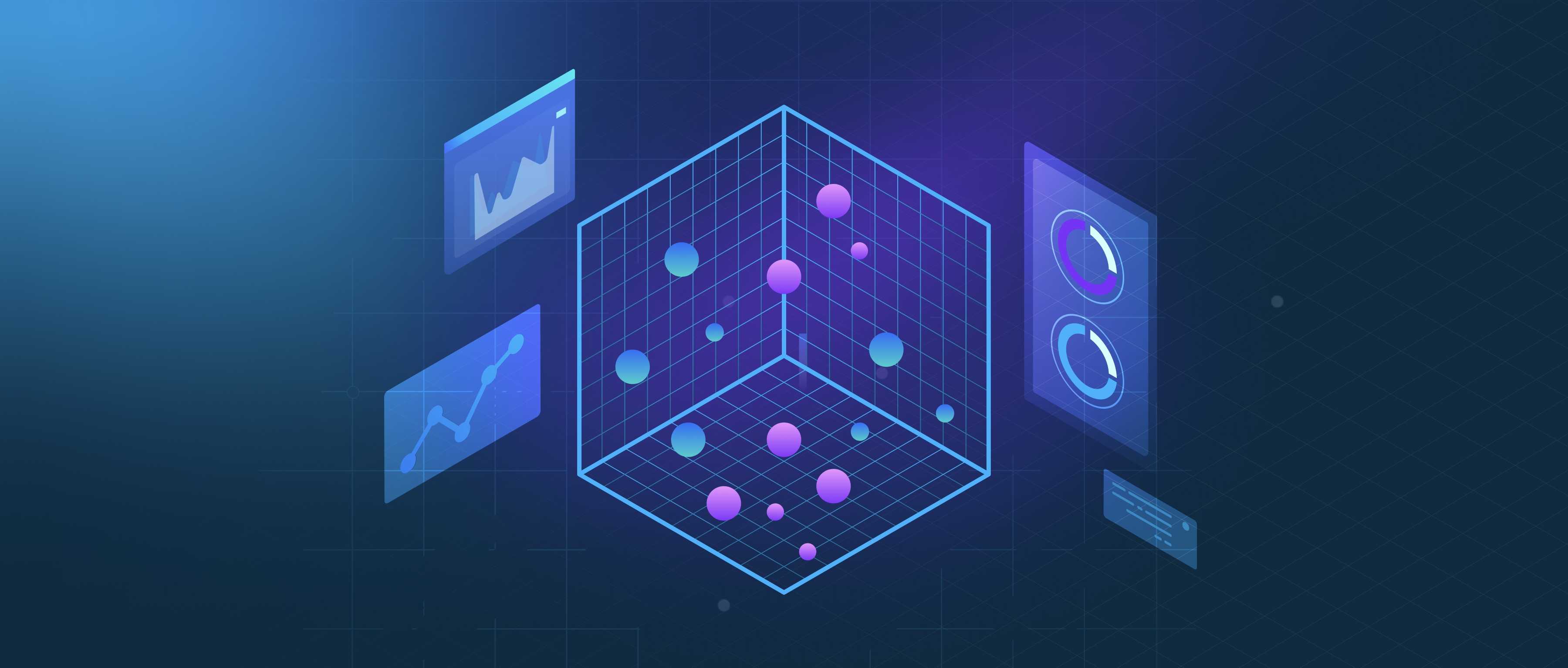Observability tools manage ephemeral databases by providing insights into their performance, health, and usage patterns despite their transient nature. Ephemeral databases, which are short-lived and often created for specific tasks or sessions, can pose challenges for monitoring because they may not persist long enough for traditional monitoring solutions to capture meaningful data. Observability tools tackle this issue by collecting metrics, logs, and traces at the moment the database is created and throughout its lifecycle, enabling developers to track and analyze their behavior effectively.
One common approach is to instrument the database with monitoring agents that gather this data in real-time. For example, if a developer spins up a temporary database for a testing environment, tools like Prometheus can scrape metrics such as connection counts, query performance, and error rates while the database exists. Additionally, logs can be captured via asynchronous logging mechanisms that stream the database's activity, ensuring that although the database itself might be short-lived, the data around its usage can be analyzed later. This way, even when the database is gone, the information remains accessible for review and troubleshooting.
Further, observability tools often integrate with cloud-native environments and container orchestration systems like Kubernetes. These systems can automatically track the lifecycle of ephemeral databases by leveraging metadata and labels. For instance, by using tools such as Grafana and Jaeger alongside Kubernetes, developers can visualize the interactions between microservices and their temporary databases, making it easier to identify performance bottlenecks or failures. This combination of real-time monitoring, logging, and visual analytics equips developers with the necessary insights to manage and optimize the use of ephemeral databases effectively.
